Latest Solana News
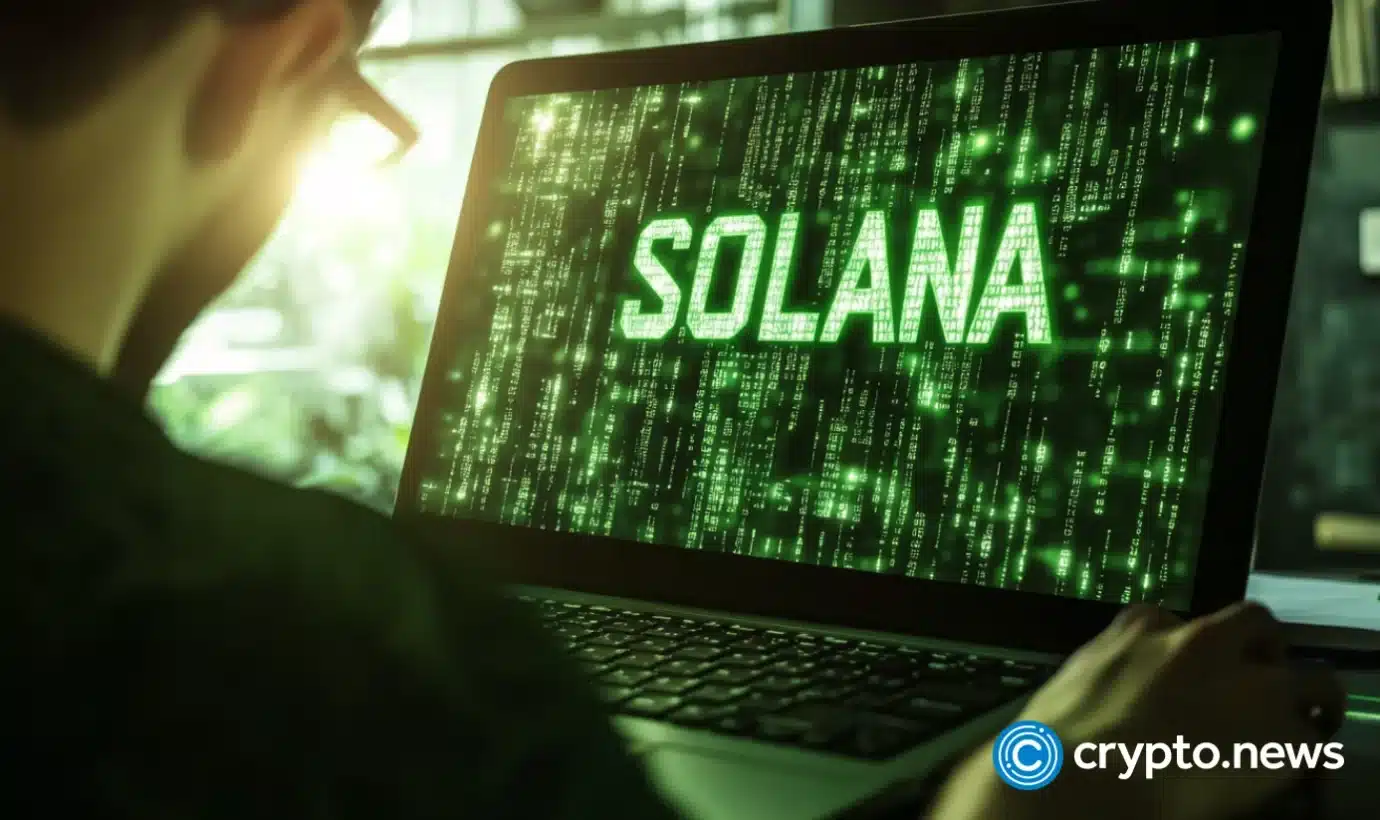
2 months ago
Top Cryptocurrencies to Watch: Fartcoin, Solana, and Arbitrum
Last week, the cryptocurrency market experienced a mixed performance, with notable tokens like Onyxcoin, Fartcoin, Jasmy, Hyperliquid, and Helium witnessing significant gains. In contrast, other altcoins such as Tezos, EOS, Movement, Toncoin, and Ethereum faced double-digit declines. Bitcoin remained in a consolidation phase, despite the US dollar index dropping and U.S. equities fluctuating. This article highlights Fartcoin, Solana, and Arbitrum as the top cryptocurrencies to monitor this week due to their recent performances and market dynamics.
Solana, a prominent layer-1 network, is gaining attention this week due to a notable increase in transactions. According to Nansen data, Solana's transactions surged by 6.6% over the past week, reaching 355 million, while transaction fees exceeded $6.15 million. Additionally, Solana has surpassed Ethereum in decentralized exchange transactions, processing over $15 billion recently. The SOL price has rebounded to $129 after hitting a low of $94.65 earlier this month, with potential for further gains as it approaches the 38.2% Fibonacci Retracement level at $170.
Fartcoin is another cryptocurrency to watch, having surged over 364% from its lowest point this year, marking its highest level since February 1. This surge is attributed to whale accumulation, creating a fear of missing out among investors. Technically, Fartcoin has formed a cup and handle pattern, indicating potential for further upside, with bulls targeting a key resistance level at $1.5. Meanwhile, Arbitrum, despite being in a downtrend, has seen a 40% increase in DEX transaction volume, reaching $4.6 billion. As it approaches a milestone of $500 billion in DEX transactions, the upcoming token unlock worth over $28 million could influence ARB's price, which has formed a bullish divergence pattern, suggesting a possible rebound ahead.
2 months ago
Conor McGregor's REAL Memecoin: A Cautionary Tale in Crypto Fundraising
Conor McGregor, the renowned Irish mixed martial artist, has recently ventured into the cryptocurrency space with the launch of his memecoin, "REAL." This digital token aims to revolutionize the crypto landscape by offering staking rewards and governance rights within its ecosystem. However, the fundraising efforts for REAL faced significant challenges, raising only $392,315 out of a targeted $1,008,000 during a 28-hour presale. The auction's failure prompted the Real World Gaming (RWG) decentralized autonomous organization to announce full refunds for all bids, as McGregor continues to promote the project with his characteristic enthusiasm, stating, "Ladies and gentlemen, this is REAL!" The team is now considering a relaunch with a revised fundraising strategy to enhance the token's appeal.
Several factors contributed to the unsuccessful fundraising of the REAL memecoin. The launch coincided with a downturn in the cryptocurrency market, where major coins like Ether and Solana experienced significant declines. Additionally, economic uncertainties stemming from global tariff reorganizations and fears of recession made investors more cautious. The memecoin space has also been marred by scams, leading to a general distrust among potential investors. Misinterpretations of REAL's objectives and skepticism towards celebrity-backed tokens further complicated the fundraising efforts, as many viewed it merely as another celebrity-endorsed project.
The failure of REAL's fundraising serves as a cautionary tale for investors in the crypto space. It underscores the importance of looking beyond celebrity endorsements and understanding the fundamentals of a project. Investors should conduct thorough research to assess a token's utility, community engagement, and overall credibility. The incident highlights the need for regulatory clarity in celebrity endorsements to protect retail investors and maintain the integrity of the cryptocurrency market. As the crypto landscape continues to evolve, genuine trust and long-term vision will prove more valuable than mere fame in fundraising efforts.
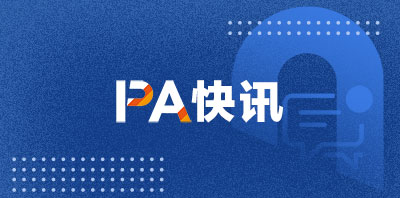
2 months ago
DoubleZero and Roam: Pioneering the DePIN Landscape on Solana
In a significant development within the DePIN ecosystem, the DoubleZero Foundation has secured a remarkable investment of $28 million from top venture capital firms, including Dragonfly and Multicoin Capital. Founded by Austin Federa, who previously played a pivotal role at the Solana Foundation, DoubleZero aims to create a robust web3 infrastructure by addressing the challenges faced by current blockchain networks. The project is designed to enhance bandwidth and reduce latency, facilitating smoother operations for web3 applications. The investment signals strong support from the Solana ecosystem, indicating a collective effort to build a physical infrastructure network that can rival traditional web2 solutions.
Another noteworthy project, Roam, has emerged as a decentralized wireless network built on the Solana blockchain. Launched on March 6, Roam aims to provide seamless WiFi and eSIM connections globally, boasting over 2.3 million users and 2 million WiFi nodes across 190 countries. With a market capitalization exceeding $60 million, Roam utilizes blockchain technology to ensure secure connections and automatic network switching. Its innovative approach, combined with a strong incentive mechanism for users to share WiFi, positions Roam as a leading player in the DePIN space, drawing comparisons to Starlink for its ground-based communication solutions.
As of mid-March 2025, the DePIN ecosystem on Solana has flourished, with a market value surpassing $25 billion. This growth is attributed to Solana's technical advantages, such as high throughput and low transaction costs, making it an attractive platform for DePIN projects. The Solana Foundation's proactive support through funding and hackathons has further nurtured this ecosystem. With approximately 78 DePIN projects currently active on Solana, including notable names like Helium and Render Network, the platform is poised to lead the way in decentralized physical infrastructure, showcasing its potential to reshape the future of connectivity and data sharing in the blockchain space.

2 months ago
Fartcoin: The Surprising Rise of a Memecoin in Solana's AI Sector
In the ever-evolving cryptocurrency landscape, few tokens have garnered as much attention as Fartcoin, a Solana-based AI memecoin. Despite its nascent status, Fartcoin has established a notable presence on social media platforms, particularly Twitter, where it is perceived as a buy signal by savvy investors. This Belarus-born memecoin has quickly positioned itself as a frontrunner within the Solana ecosystem, outpacing many of its more established competitors. With a market cap of $455.2 million, Fartcoin now commands 32.1% of the total market cap of AI tokens on Solana, which stands at approximately $1.1148 billion across 772 projects.
Fartcoin's rise is particularly remarkable given that it lacks the typical utility or technological claims associated with many AI tokens. Instead, it has leveraged the current enthusiasm surrounding artificial intelligence to carve out a significant niche in the market. Its performance has eclipsed that of established tokens like #ai16z, with Fartcoin's market cap exceeding that of its nearest competitor by nearly 250%. This unexpected success raises questions about the future of AI tokens on the Solana blockchain, suggesting a potential shift in investor interest towards lighter, meme-based projects over more traditional tech-heavy solutions.
The appeal of Fartcoin among institutional investors, often referred to as "smart money," is a key driver of its success. These investors are drawn to Fartcoin's unique position in the market, where its meme culture and community engagement have proven to be powerful assets. As Fartcoin continues to attract significant investment and attention, its future remains uncertain, but its current trajectory indicates that it has established itself as a formidable player in the AI sector on Solana. Ultimately, Fartcoin exemplifies the unpredictable nature of the cryptocurrency world, where even a memecoin can dominate a market segment traditionally reserved for more serious projects.

2 months ago
Cryptocurrency Market Faces Significant Downturn Amid Broader Financial Instability
The cryptocurrency market has recently experienced significant downturns, with Bitcoin (BTC), Ethereum (ETH), and Solana (SOL) facing notable losses. Bitcoin is currently trading at $78,431.78, reflecting a 4.99% decline over the past 24 hours, while Ethereum has dropped 10.32% to $1,577.75. This bearish trend is indicative of a broader shift in market sentiment, influenced by instability in traditional financial markets, including major stock indices like the Shanghai Composite and the Hang Seng Index, which have also seen sharp declines. Investors are increasingly cautious, leading to speculation about the future of these digital assets amidst a challenging economic landscape.
Solana has emerged as one of the more significant casualties in this downturn, with its price falling to $99.93, marking a staggering 63% drop from its all-time high of $270. Once viewed as a strong competitor to Ethereum, Solana's recent struggles highlight the volatility inherent in altcoins. The negative sentiment surrounding Solana mirrors a broader trend in the altcoin sector, where many tokens are experiencing substantial losses as investors shift towards safer assets. This shift is driven by various factors, including global economic uncertainties and tightening regulations, further complicating the outlook for smaller projects in the cryptocurrency space.
As the cryptocurrency market grapples with these challenges, the ongoing decline in Bitcoin, Ethereum, and Solana prices underscores the difficulties faced by investors. The current market environment, characterized by risk aversion and a preference for liquidity, suggests that the path ahead may be fraught with obstacles. Investors are advised to exercise caution and patience as they navigate this increasingly volatile landscape, with many keeping a close watch on how these assets perform as we progress through 2025. The interplay between traditional financial markets and cryptocurrencies will likely continue to shape investor sentiment and market dynamics in the months to come.
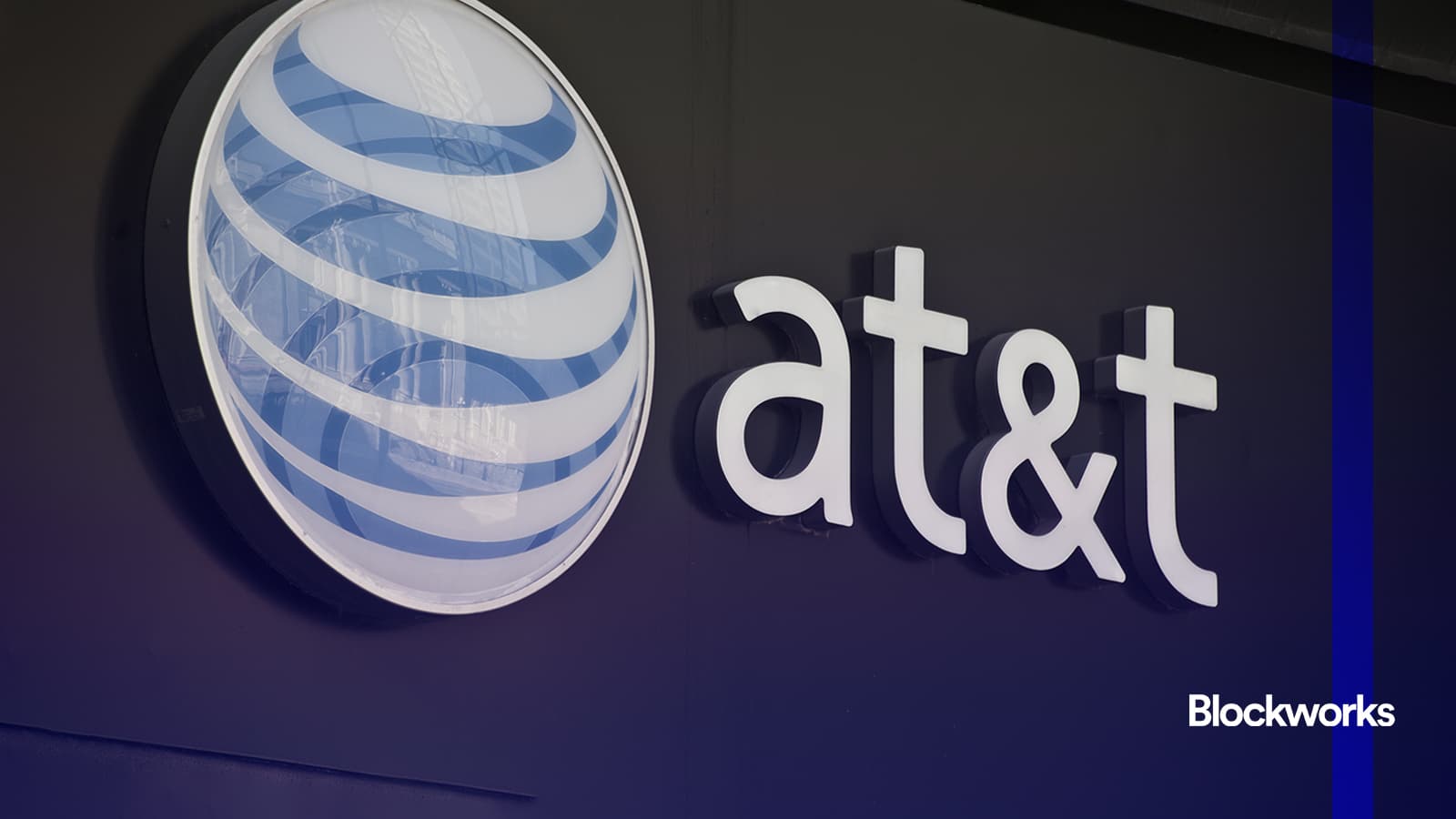
2 months ago
XNET Partners with AT&T to Enhance Decentralized Wi-Fi Network
XNET, a project based on the Solana blockchain, has recently announced a strategic partnership with AT&T, a major player in the US telecommunications industry. This collaboration aims to enhance the efficiency of mobile data traffic management by allowing AT&T to offload some of its mobile data onto XNET's decentralized network of Wi-Fi hotspots. XNET incentivizes businesses and public spaces to deploy these hotspots by rewarding them with XNET tokens, effectively creating a distributed wireless network that alleviates congestion and improves overall coverage. As part of this agreement, which has been operational since September 2024, AT&T customers can seamlessly connect to XNET's Wi-Fi network, with AT&T compensating XNET for the data usage in dollars, which is then distributed to XNET's node operators in the form of tokens.
Currently, XNET boasts 688 active nodes and has facilitated connections for approximately 9 million users through its network. The co-founder of XNET, Richard DeVaul, emphasized the importance of their token in financing the network's infrastructure, stating that traditional equity or debt financing would have posed significant challenges. He described XNET as a prime example of Decentralized Physical Infrastructure Networks (DePIN), showcasing how the project has successfully utilized its token to bootstrap operations and equipment financing. This innovative approach positions XNET as a unique player in the decentralized network space, distinguishing itself from competitors like Helium Mobile, which focuses on individual hotspot installations.
While both XNET and Helium Mobile operate in the decentralized network sector, XNET's business model is strictly B2B, targeting high-value locations for hotspot deployment. DeVaul noted that they view Helium as a potential customer rather than a competitor, indicating a collaborative spirit within the industry. As the demand for decentralized networks continues to grow, partnerships like that of XNET and AT&T may pave the way for more efficient and widespread internet access, ultimately benefiting users and businesses alike.

2 months ago
India Hosts First-Ever Solana DePIN Summit in Bangalore
Bangalore, India’s tech hub, recently hosted the first-ever Solana DePIN Summit on March 25, 2025, marking a pivotal moment for the country’s digital landscape. This event gathered both Indian and international startups focused on Decentralized Physical Infrastructure Networks (DePIN), providing a unique platform for innovators to present their ideas to a global audience of investors. The summit highlights the growing trend of blockchain startups in India, particularly in the DePIN sector, which integrates IoT, energy networks, and wireless communications with blockchain technology to create more efficient and decentralized infrastructure solutions.
One of the key players at the summit was Wifi Dabba, a Y Combinator-backed startup based in Bangalore, which served as the title sponsor. Wifi Dabba utilizes Solana's blockchain to enhance broadband access in Tier 2 and Tier 3 cities through a DePIN model, collaborating with local operators under India's PM-WANI initiative. Co-founder Shubhendu Sharma emphasized that Solana's choice of India for its inaugural DePIN Summit underscores the country's growing presence in the Web3 space, as Indian startups leverage blockchain technology to tackle real-world challenges, particularly in bridging the digital divide.
Despite having only 41 million fixed broadband connections compared to China's 600 million, India is poised to make significant strides in its digital infrastructure. The DePIN model proposed by Wifi Dabba aims to lower the barriers to entry for broadband access, aligning with the Telecom Regulatory Authority of India's goal of achieving 100 million broadband users by 2030. Events like the Solana DePIN Summit are crucial for amplifying India's role in the global DePIN landscape, showcasing local talent and fostering international collaboration, ultimately positioning India as a key player in Web3 innovations and decentralized infrastructure development.

2 months ago
Grayscale Updates Top 20 Crypto Projects for Q2 2025
Grayscale, the world’s largest crypto asset management company, has unveiled its updated list of the Top 20 potential crypto projects for Q2 2025. This latest list introduces three promising newcomers: Maple (SYRUP), Geodnet (GEOD), and Story Protocol (IP), while removing Akash, Arweave, and Jupiter. As the crypto market continues to experience volatility, Grayscale is strategically positioning itself to capitalize on emerging trends that could redefine the industry landscape.
According to Grayscale's Market Insights report, the first quarter of 2025 witnessed a decline in the cryptocurrency market, mirroring the downturn seen in tech stocks and other high-risk assets. Although Bitcoin's network activity remained stable, interest in meme coins, particularly within the Solana ecosystem, has diminished. Nevertheless, Web3 applications across DeFi, AI, and infrastructure sectors have collectively generated over $2 billion in revenue. Notably, Sui (SUI) has emerged as a leading smart contract platform, boasting rapid transactions and low fees without the need for additional scaling layers, currently holding just 3% of Grayscale’s Smart Contract Platforms index.
For Q2 2025, Grayscale is concentrating on three pivotal areas: Decentralized Physical Infrastructure (DePIN), Real World Assets (RWA), and Intellectual Property Tokenization (IP). The addition of Maple, Geodnet, and Story Protocol to the Top 20 list reflects this focus. Maple is a lending platform for institutional clients with a total value locked (TVL) exceeding $600 million, while Geodnet provides real-time positioning data across 130+ countries, generating over $3 million in monthly revenue. Story Protocol aims to tokenize the $70 trillion intellectual property market, attracting high-profile artists like Justin Bieber and BTS. However, Grayscale cautions that these assets are highly volatile and risky, particularly highlighting GEOD's lack of major exchange listings as a significant concern.
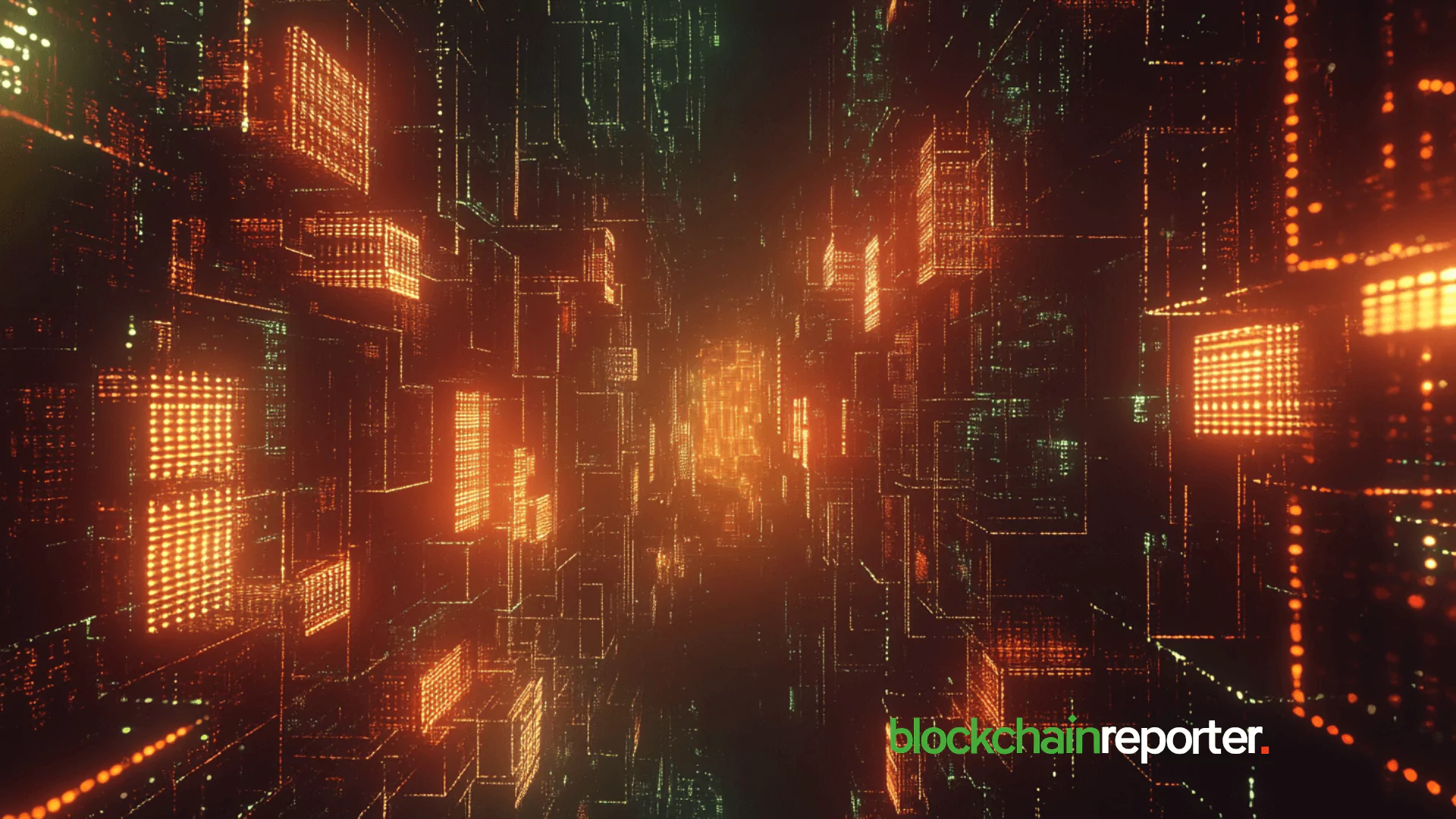
2 months ago
SFT Protocol Partners with SOLPEN to Advance AI-Driven Decentralized Infrastructure
SFT Protocol, a prominent player in the Web3 landscape, has announced a strategic partnership with SOLPEN, an AI-driven DePIN ecosystem based on the Solana blockchain. This collaboration aims to redefine the interaction between decentralized AI networks and the Internet of Things (IoT), thereby strengthening the connection between Web3 technology and physical infrastructure. The initiative was revealed through SFT Protocol's official social media channels, highlighting the significance of this merger in advancing the capabilities of both platforms.
The partnership is set to merge SFT Protocol's robust solutions for DePIN infrastructure with SOLPEN's cutting-edge AI-driven wearable technology. This integration is expected to create a decentralized ecosystem that operates with low latency and high efficiency. By leveraging decentralized data processing and AI analytics, the collaboration promises to enhance real-world applications significantly. SFT Protocol has established itself as a key player in the DePIN ecosystem, focusing on blockchain-based infrastructure that supports seamless real-world applications, thus driving the broader adoption of Web3 technologies.
Furthermore, the collaboration benefits from Solana's high-performance blockchain, which facilitates unparalleled integration across various Web3 platforms. By setting new standards for decentralized infrastructure, both SFT Protocol and SOLPEN are enhancing the practicality and accessibility of their offerings. As they continue to evolve, this partnership is poised to lead towards a smarter, AI-integrated Web3 network, paving the way for innovative solutions in the decentralized landscape.

2 months ago
Ether Reclaims $2,000 Support Amid Upcoming Pectra Upgrade
On March 24, Ether (ETH) managed to reclaim the $2,000 support level, although it remains 18% below the $2,500 mark seen three weeks prior. Recent data indicates that Ether has underperformed the altcoin market by 14% over the last month, prompting traders to speculate on its ability to regain bullish momentum. The Ethereum ecosystem has faced criticism for lagging behind competitors in user experience and scalability, which has negatively impacted network fees and transaction efficiency. The upcoming Pectra network upgrade, scheduled for late April or early June, aims to address many of these challenges by doubling the data capacity of each block and introducing smart accounts that enhance transaction functionalities.
The Pectra upgrade is expected to bring significant improvements, including reduced fees for rollups and privacy mechanisms, as well as increased flexibility for staking deposits and withdrawals. Arthur Hayes, co-founder of BitMEX, recently set a price target of $5,000 for ETH, asserting that it should outperform Solana (SOL). However, the sentiment among ETH options traders appears less optimistic, as indicated by the low cost of call options with high strike prices. Despite this, Ethereum continues to lead in smart contract deposits and is the only altcoin with a spot exchange-traded fund (ETF) in the US, currently managing $8.9 billion in assets.
Ethereum's total value locked (TVL) stands at $52.5 billion, significantly higher than Solana's $7 billion, with a 10% increase in deposits over the past month. The Ether supply on exchanges has also decreased, suggesting a long-term commitment from investors. Additionally, the Ethereum network is gaining traction in the Real World Asset (RWA) sector, further solidifying its dominance in decentralized finance (DeFi). Although Ether's price dipped below $1,900 earlier this month, the recent trends indicate a potential rally towards the $2,500 mark as traders continue to withdraw from exchanges, reflecting a more bullish outlook for the asset.
Signup for latest DePIN news and updates